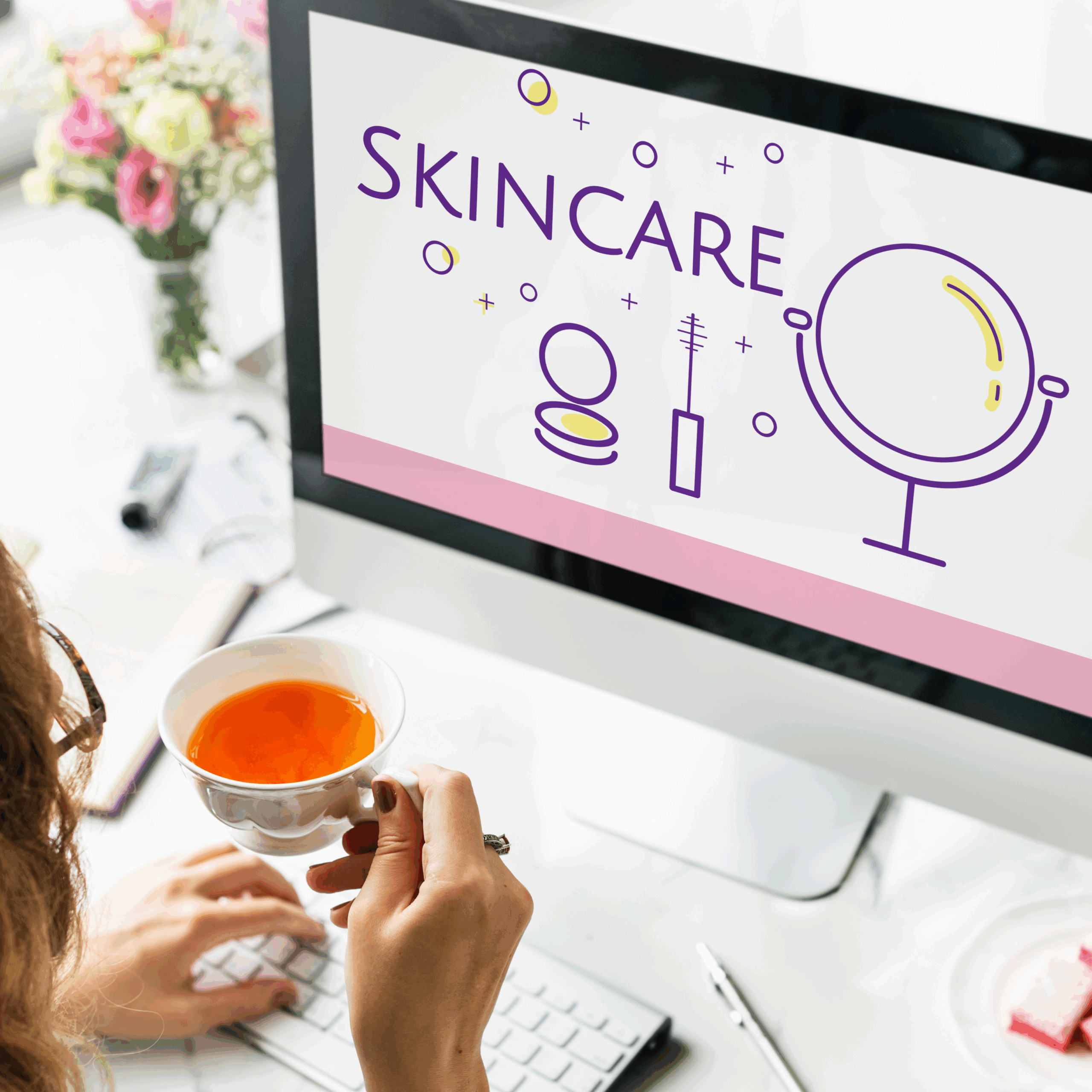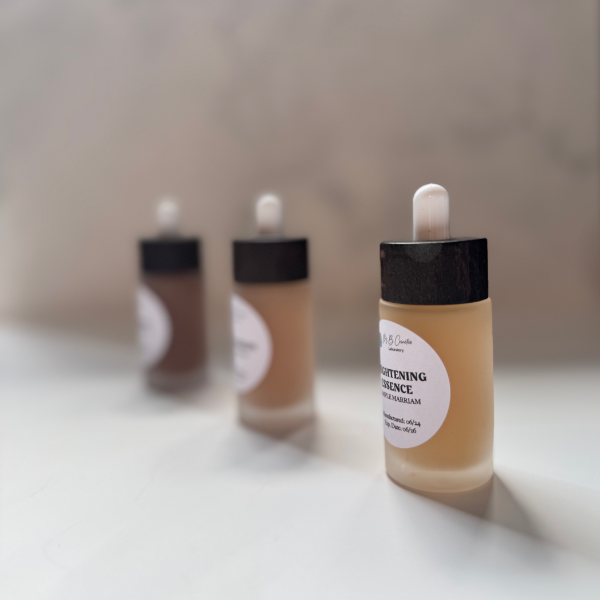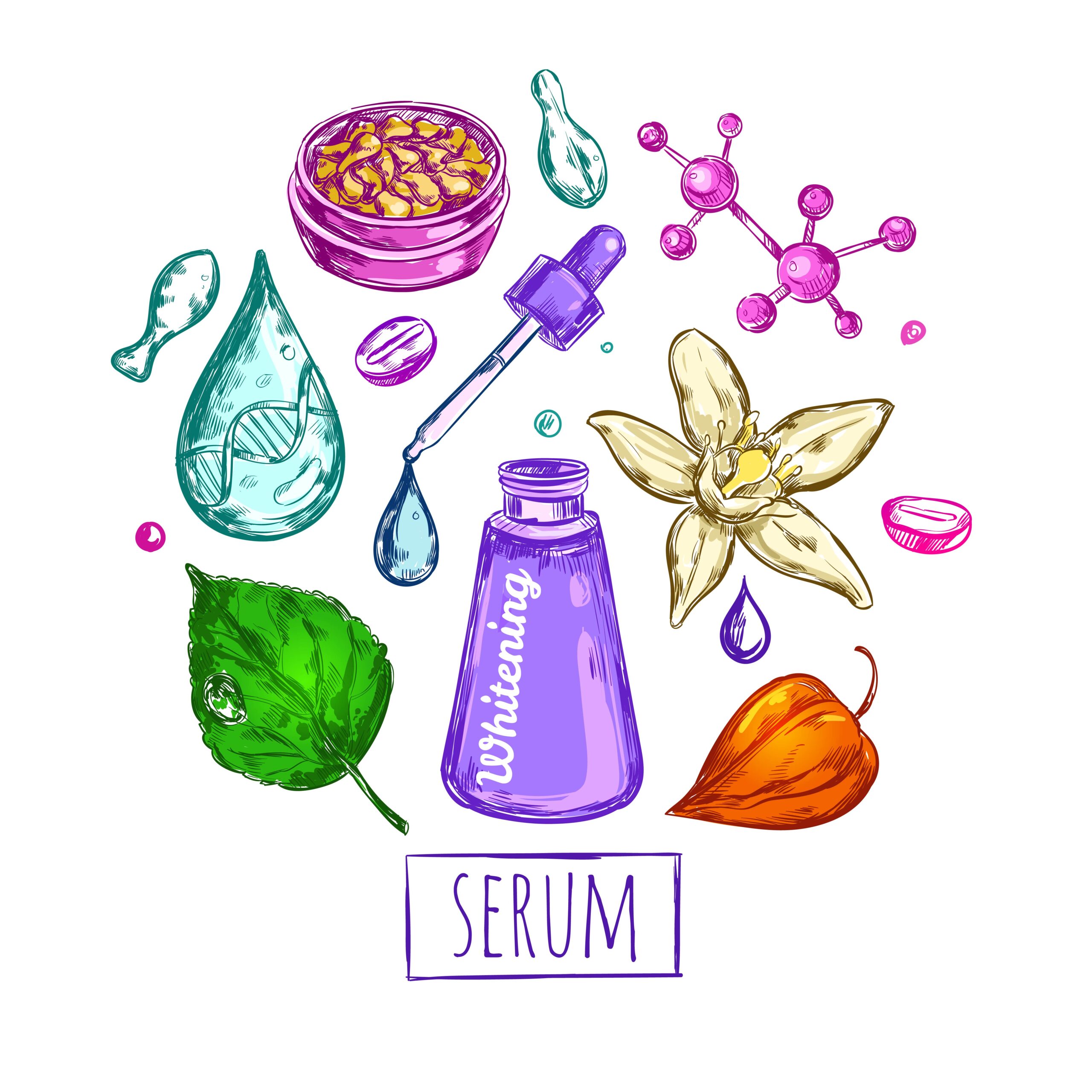Cosmetic Claims 101: A Student’s Guide To Writing Compliant, Convincing Copy
Let’s stir up some magic in the lab with a hot topic: how to write compliant cosmetic claims?
If you are learning formulation or beginning your journey as a cosmetic brand, claim wording can feel like a foreign language. One extra verb and your moisturiser sounds like a medicine. One vague sustainability boast and your body oil reads like greenwashing.
I will focus on the European Union first because that is where most of my brand clients launch, then highlight the big differences in the UK, US, Canada, Australia and ASEAN countries.
First principles: what the law actually regulates
In the EU, cosmetic products sit under Regulation 1223/2009. Article 2 defines what a cosmetic is, and Article 20 clarifies that any text, names, trade marks, pictures or other signs used in labelling, marketing or advertising must not imply characteristics or functions the product does not have. This is the legal backbone for claims.
On top of that, a short regulation called 655/2013 sets out six “common criteria” that every cosmetic claim must meet: legal compliance, truthfulness, evidential support, honesty, fairness and allowing informed decision making. Think of 655/2013 as your writing rubric. If a sentence fails any of the six, it does not belong on your pack or PDP.
To help interpret those criteria, the European Commission published a Technical Document with practical examples such as how to handle “free from” and “hypoallergenic” statements. It is not law, but it is the playbook most authorities and assessors use.
Borderline products: spotting when a claim changes the category
Before you obsess over adjectives, confirm you are in the right regulatory family. The EU has a regularly updated Borderline Manual that collects case-by-case practice on whether tricky products are cosmetics or something else. It covers classic pressure points like acne and hair growth, aromatherapy, tattoo aftercare, self-tanning concentrates and more. If a claim pushes your product toward preventing or treating disease, or toward changing physiology through pharmacological action, it can stop being a cosmetic. Always sanity check your concept and your wording against this manual.
Outside Europe, the boundary is drawn differently, but the principle is the same. The US Food and Drug Administration decides whether a product is a cosmetic, a drug, or both based on intended use as shown by claims. Acne treatment, dandruff control and SPF are drug claims in the US.
Health Canada uses a formal guide for classifying borderline products at the cosmetic-drug interface, looking at representation, composition and site of action.
In Australia, you must check whether your item is a cosmetic regulated under AICIS or a therapeutic good regulated by the TGA. The TGA’s guidance on “cosmetic or therapeutic” explains where claims tip you into the therapeutic regime.
The six EU common criteria
- Legal compliance – Your claim must not contradict other EU rules. You cannot suggest compliance with the law is a benefit. You also cannot denigrate lawful ingredients or competitor categories. ‘Cruelty-free’ or ‘paraben-free’ fall into this category of claims that you cannot make with regard to legal compliance.
- Truthfulness – If you spotlight an ingredient, it must be present in a way that delivers the promised cosmetic effect. Do not imply that the ingredient in your ad exists in a higher concentration or different form than in your jar.
- Evidential support – Keep suitable evidence in your Product Information File to substantiate each claim. Evidence must be relevant to your formula and format, not just supplier headlines.
- Honesty – Present test conditions fairly. Do not cherry pick results or exaggerate sensory panels.
- Fairness – No “toxin free”, “chemical free” or other denigrating messages that imply competitors are unsafe or illegal.
- Informed decision making – Say things consumers can actually use. Vague green claims without specifics can mislead.
How to learn claims writing
Start with three documents and build outward.
- Read Article 2 and Article 20 of 1223/2009 to understand scope and claims at a high level. Then read Annex of 655/2013 for the six criteria in full. Finally, skim the Technical Document to see real examples. This trio becomes your daily reference.
- Bookmark the EU Borderline Manual, latest version. Search it when a claim gives you a funny feeling, especially around acne, hair loss, cellulite, aromatherapy, tattoo aftercare, oral drops, self-tan concentrates and magnetic eyeliners.
- If you will market in the UK, add CAP and ASA guidance on beauty and cosmetics. It explains evidential expectations for efficacy and the pitfalls of before-and-after photography in advertising.
Then layer in non-EU markets: FDA pages on drug-cosmetic boundaries, Health Canada’s cosmetic-drug interface, and TGA’s cosmetic-versus-therapeutic guide. Keep ASEAN’s ACD overview and claims guideline PDF if you plan to sell in that region.
Writing functional cosmetic claims: safe starting points
Brands often ask for wording they can use without fear. Remember that copy must always match the actual formula, pack, and evidence, but these patterns will keep you on the cosmetic side while you learn.
- Appearance or feel claims – “visibly smooths”, “reduces the look of frizz”, “leaves skin feeling comfortable and soft”, “adds shine”. These describe cosmetic effects and sensations rather than medical outcomes. This is consistent with the EU common criteria and with the US distinction between appearance claims and drug claims.
- Mechanism phrasing that stays cosmetic – “supports the skin barrier function”, “exfoliates to reveal a brighter looking finish”, “helps detangle for easier combing”. Avoid promises to heal, treat, cure or regrow. EU borderline practice and FDA guidance both flag those as outside cosmetic scope.
- Time-bound, realistic outcomes – “absorbs quickly”, “sets cleanly within one minute”, “hair feels softer after first use”. Keep your substantiation proportionate and documented in the PIF.
- Sensitive skin positioning – If you want to use “hypoallergenic”, the Technical Document expects high standards of design and evidence. Many brands instead choose factual phrasing like “fragrance-free” or “essential oil free” as well as “calms and soothes the skin”.
From evidence to sentence: a simple classroom workflow
- Define the promise in one line that a consumer will feel or see.
- Plan the proof that fits the promise and the format: tack-time observations for “absorbs quickly”, gloss or combing force for “frizz control”, corneometer for “hydration”.
- Run the test in your actual vehicle and pack, not a neutral base.
- Write the sentence that mirrors the test and stays within the cosmetic frame.
- File everything in the Product Information File so each claim can easily be linked to evidence, as required by 655/2013 and Article 11 of 1223/2009.
Practice by taking a sample formula and writing three claims, each tied to a small piece of substantiation you could realistically run in your home-lab.
Green claims and “free from”: how to avoid common traps
It is perfectly acceptable to inform consumers about composition and sourcing, but you must be specific and avoid implying unlawful competiton. The EU Technical Document provides examples: “free from parabens” is risky if it suggests safety superiority over legal alternatives; “silicone free” is permissible when it is a clear factual statement and not presented as safer or better quality by implication. State what you mean and do not disparage entire lawful categories.
In the UK, the ASA holds cosmetic advertisers to evidential standards for both efficacy and environmental claims. Vague green promises are likely to be challenged. The safest approach is to specify the material and the system your customers can access, for example “bottle is PET and widely recyclable in local kerbside collections in [market]”, and keep sustainability content separate from efficacy claims.
Borderline practice you should learn by heart
A few topics come up again and again in class and consultations:
- Acne – Products presented to treat acne risk falling under medicinal rules. Cosmetic positioning focuses on cleansing, sebum balance and the look of pores, not the treatment of a disease.
- Hair growth and lash serums – Claims to stimulate hair growth or make lashes grow are typically outside cosmetic scope. Cosmetic claims should stay at the level of appearance, conditioning and feel.
- Tattoo aftercare and tattoo fading – Aftercare can be cosmetic if framed as moisturising and appearance. Fading or removal sits outside cosmetic scope.
- Aromatherapy – If presented for mood or well-being in a way that implies mental or physiological treatment, you risk leaving the cosmetic category. Keep to perfuming and pleasant sensory experience when positioning as a cosmetic.
Quick tour of non-EU differences
- United Kingdom – GB retains the EU claims framework post-Brexit. CAP and ASA police advertising claims. If you run paid ads or influencer content, expect ASA standards on robustness of evidence and on the presentation of before-and-after visuals.
- United States – The FDA looks at intended use. If you say your cleanser treats acne or your shampoo treats dandruff, you are in drug territory and must meet drug rules. Under MoCRA, facilities and products also have new administrative duties, but the drug-cosmetic line still follows claims.
- Canada – Health Canada’s interface guidance walks you through classification based on representation and site of action. Learn it now and classification becomes a logic exercise rather than guesswork.
- Australia – Use the TGA’s decision tool to assess whether your product is a therapeutic good. AICIS regulates cosmetic ingredients and provides a simple “is my product a cosmetic” pathway.
What to do when you feel stuck
If a verb sounds medical, try zooming out to the feel or the appearance. Replace “treats”, “heals”, “cures”, “regrows” with “helps to reduce the look of”, “supports a feeling of”, “helps hair look fuller”. If a sustainability sentence feels vague, add specifics a consumer can act on or move the thought to your impact page. If your ingredient spotlight risks over-promising, anchor it to dose and vehicle or rewrite it as a simple, factual line.
And when you are genuinely unsure whether a product or a claim is a cosmetic at all, go back to definitions and borderline practice rather than asking social media. You will learn faster and sleep better.
Before I leave you,
If you want my team to review your claims or marketing material before your launch, we offer consultations to help you align labels and all marketing materials. Just email us to book a slot!
Here’s to formulas that work and brands that thrive!
From my lab to yours,
Rose.









Add comment